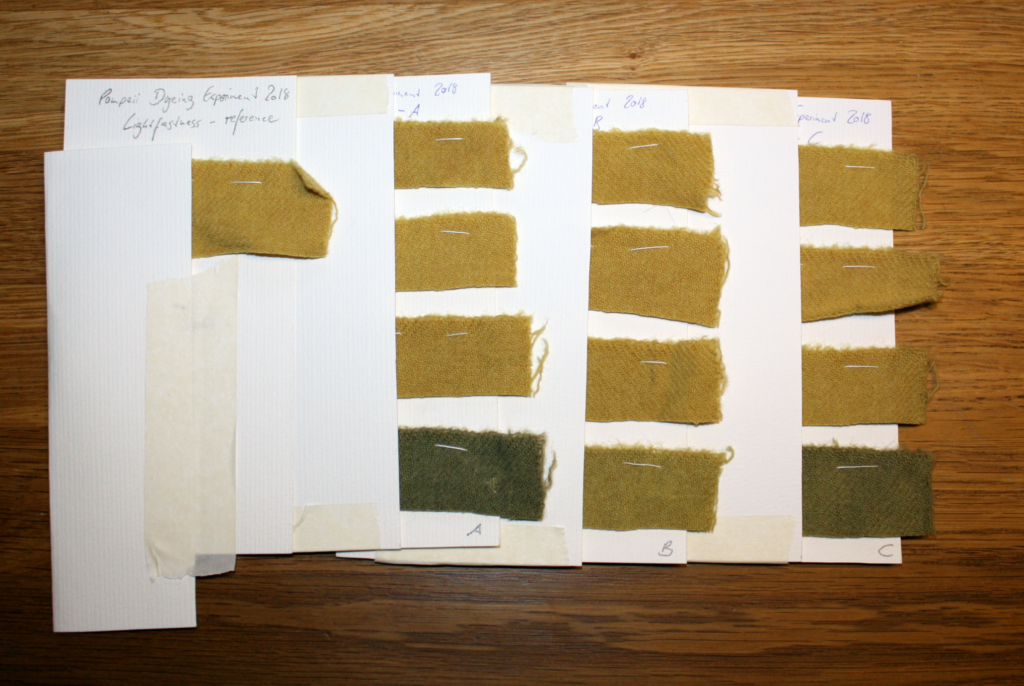Search the Blog
Latest Comments
Lightfastness Tests!

I'm really, really curious to see how well these will hold up, and if there is any difference between the metals that have not made very obvious changes to the colour, and the reference.
So. Summer. I'm ready for you.
Comments 2
My husband had this question a while ago, thinking back to the lightfastness test we did in 2012, whether modern windows still let all the possible harmfull kinds of light through. All those fancy coatings that nowadays are used to keep the heat in for winter or out for summer, could also have some effect on lightfastness tests.
I think that depends very much on which part of the spectrum is (mainly) responsible for the bleaching effects: standard windows absorb most of the UV-B, but up to ~60% of UV-A pass through. Is there some information on the different effects of UV-A and UV-B? Modern coatings are targeting the lower end of the spectrum (infrared), so I would guess the influence on lightfastness tests is quite small.
Another influencing factor for lightfastness could be ozone: ozone levels are much higher now than they were in pre-industrial times, and ozone is a quite potent bleaching agent, especially in humid conditions.



